Rabea Massaad on his synth-equipped Neural DSP Archetype plugin: “You can make it super-wide and go all ‘80s… It absolutely does Stranger Things noises”
Massaad’s signature Neural DSP Archetype plugin suite goes beyond amps and effects with a fully functioning monosyth you trigger with your guitar, and he promises us it is awesome
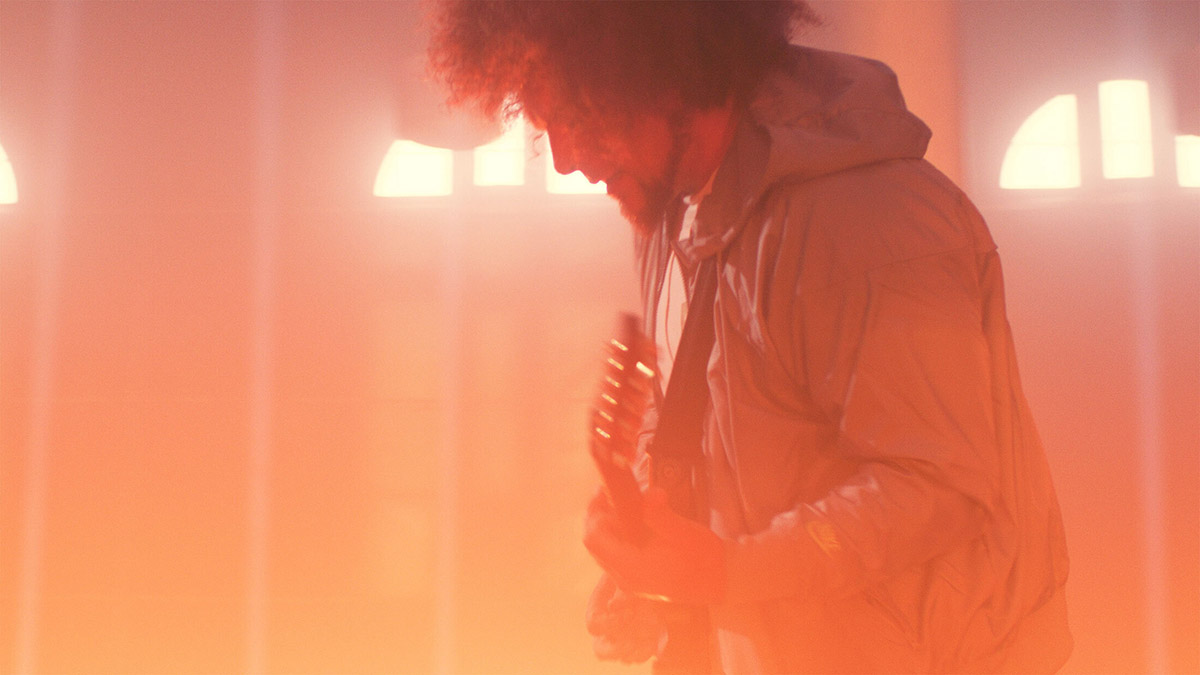
We are all nuts for new guitar gear, so it is only natural that now and again we all get a little overexcited. And why not? When we see an electric guitar with a polychromatic finish, pedals that do something completely different, or tube amps that get onboard with the digital revolution and give us options for going direct with cab sims and who knows what else, that is all pretty exciting.
But every now and again something comes along that feels it could be a paradigm shift for gear tech; such as Rabea Massaad’s signature plugin suite from Neural DSP.
The concept behind the Archetype: Rabea Neural DSP plugin should be familiar by now. Previously, players such as Tim Henson, Cory Wong and John Petrucci have collaborated with Neural DSP on the Archetype series, with digital representations of their rigs compiled on plugins that offer all kinds of ways to combine the onboard guitar amps, effects and cab sim and mic options, all in a user-friendly format.
They are increasingly becoming part of any 21st-century studio’s toolkit. Massaad’s similarly collects his favorite amps and effects, with versatility the watchword for a player who has made his name playing progressive rock and metal with bands such as Toska and for being a ubiquitous presence online as he demoes new gear.
The Archetype: Rabea, however, has an onboard synth to play with. Not a synth pedal, but an actual subtractive monosynth, which takes your guitar’s signal and uses it to trigger the synth – just as a MIDI keyboard might do on a more conventional synth plugin.
Not only that, but with a pre and post switch, you can run the synth through the onboard effects and amps, too. This opens up a world of possibilities for the adventurous guitar player. Likewise for synth.
Quite how this generation takes advantage of a synth, applying guitar playing phraseology and dynamics to it, is a thrilling prospect.
Get The Pick Newsletter
All the latest guitar news, interviews, lessons, reviews, deals and more, direct to your inbox!
To explain the design choices behind his Archetype plugin, Massaad joined Guitar World over Zoom. There was only one place to start: how did a synthesizer make its way onto a guitar player's plugin?
First thing's first, tell us about the synth. How did this come about?
“I like using synths in the music that I write. I have a Moog Subsequent 37, and it is actually the same one that Pancho [Francisco Cresp, Neural DSP co-founder and CPO] has as well. He is the product manager at Neural and he is who I worked with directly on the development of the plugin.
“On my pedalboard live, I’ve always used the Keeley Synth-1 pedal, with an expression pedal, and it’s cool because it has got the vibe of the synth, and it was cool for a couple of effects. But it was like an effect laid over the guitar, messing with the guitar signal to create the sound of a synth, but it was not a genuine synthesis, where oscillators are actually being triggered.
You can play legato, bends, and it is like a pitch-bend – there are no weird glitches
“My original intention with the plugin was, ‘I wonder if we can do this. This is the pedal that I use on my ‘board.’ Pancho had a look at it, and he was like, ‘No, we’ll do a proper synth.’ At that point, I was like, ‘I have no idea how that is gonna go but I am excited to see it.’
“In previous plugins like the Tim Henson: Archetype, they have the multi-voicer which uses pitch detection, and the way it works is that it takes one note, you play it, and it plays the harmony behind it, so it has to know where those harmonies are. I think that was the whole foundation for how the synth started.
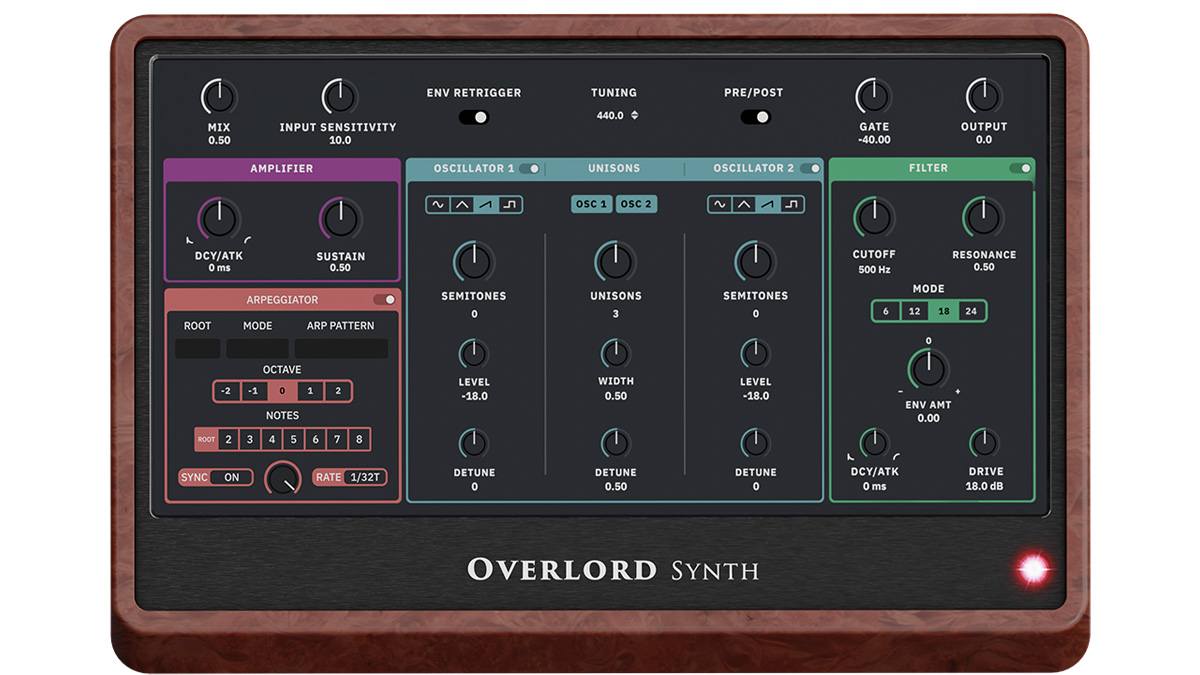
“My technical knowledge is a little bit limited in the world of coding and all that stuff, but I believe the idea is that it would use pitch detection, and from the initial transient from the DI signal, that envelope that it creates, the plugin actually takes that, detects the pitch, and uses that to create the ADSR, which then triggers the oscillators of the synthesizer.
“You can play legato, bends, and it is like a pitch-bend – there are no weird glitches. You can use vibrato in the way you would normally play. All of that is, as far as they are aware, a first of its kind. That is really cool. And the results are amazing! [Laughs]”
Because I like to play Strats and high-output guitars, the idea of being able to dial back that output sensitivity when you are using a humbucker, or boost it when you have something like a single-coil, is really cool
With a stringed instrument like the guitar having so many transients, that sounds like it is the sort of thing that would keep the developers up all night.
“Yeah, and when you have things like when you accidentally catch a string with a pick or something... To combat things like that they have put an input sensitivity control on the synth so that you can actually dial it in for your guitar.
“Because I like to play Strats and high-output guitars, the idea of being able to dial back that output sensitivity when you are using a humbucker, or boost it when you have something like a single-coil, is really cool.
“That is also helpful for how many of those extra glitches and pops you might get. For example, if you turned it up full, and used EMGs, it is gonna pickup all sorts, but at the same time, that’s why it is there.”
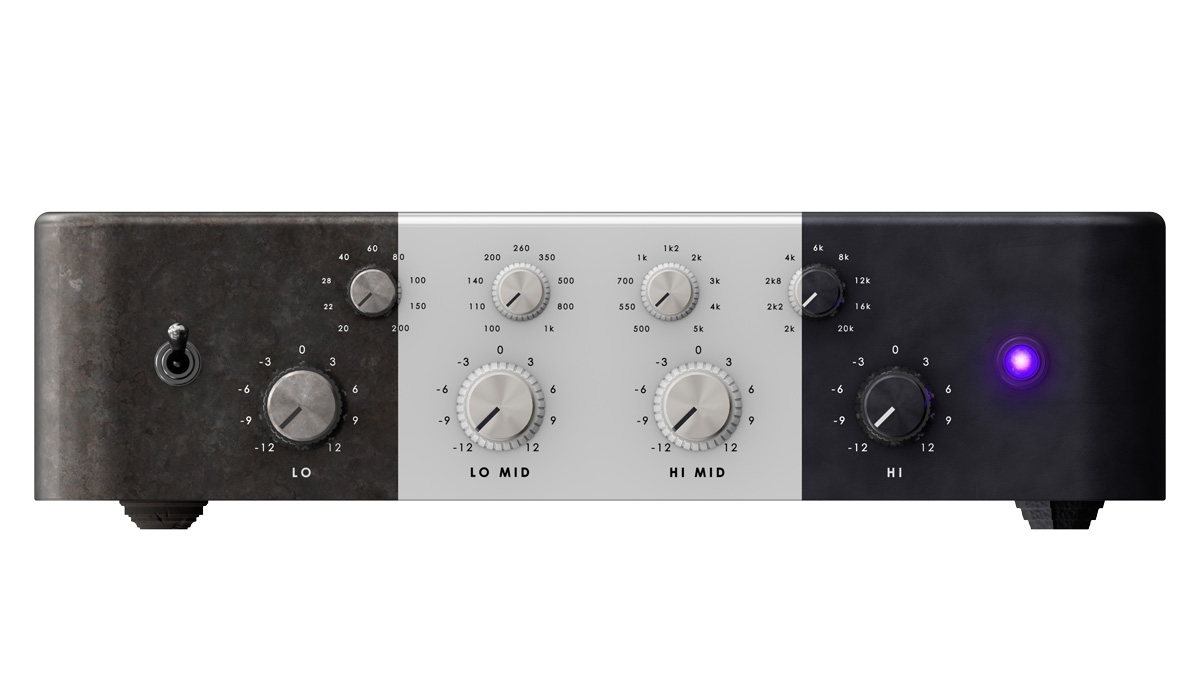
It gives you that option of running it properly or breaking it a little, which is always an attractive proposition. Guitar players like to break things, and presumably that’s something that can be done with that input sensitivity?
“Oh man! When we did the last Toska record, I took my synth down there and ran it through my amp, through my pedalboard, and it captured all that kind of stuff. So that was one of my biggest requests, that, if we do this can we have a pre and a post on the actual synth so I can run it through all the amps and pedals of the plugin.
“You can send it through anything on the plugin, and really mess with it. You can even do things like turning the speaker cab section on and off but still send it through the amps so you get this really intense synthesizer sounds.
“In terms of the synthesizer oscillators themselves, they are genuine oscillators, so you get full wave shapes and squares, sawtooth – all that kind of stuff. You get up to five unisons, and you have control of the width and the detune, so you can make it super wide and go all ‘80s on it – it does the Stranger Things tone [Laughs]”
Well let’s be honest, that’s all we want to know…
“It absolutely does Stranger Things noises. [Laughs] It also has filter cutoff, and an envelope cutoff that actually reacts dynamically to your playing, so the harder you play the wider the envelope opens. The coolest thing about it is that it’s a genuine synthesizer that is tailored to guitarists.
“I can’t play keyboards. I am terrible at keys. So my user interface is always guitar, where I feel most creative and comfortable, so it has been tailored for that, y’know! But the cool thing is you could also load up a MIDI keyboard in front of it and play keys with it still.”
The coolest thing about it is that it’s a genuine synthesizer that is tailored to guitarists
That is cool, having that option, particularly because the vocabulary of synth has been set by keys. Guitarists phrase things a little differently, and we don’t exactly know what sounds will come out of it. It’s an evolution for synth as much as it is for guitar.
“That’s exciting. Yeah, I just feel well lucky that they wanted to put it in my plugin, ‘cos it’s such a huge thing. It genuinely does react to how you play, like, the way I like to slide into a note, or articulate something, or the dynamic of that – it gives you all that. It has an arpeggiator in it with a step sequencer – you can choose which notes of the scale you want voiced, and create these really cool arpeggios just by holding one note.
“I wanted to remove the barrier for players who are not good at keys. Not just that, but if they have these crazy ideas for composition in their head and don’t know how to engineer it, or the tools they need – at least from a synth perspective – this is a lot easier for you to achieve that.”
People who will be reading this might have played a synth pedal, and while the tracking can be amazing, there’s an acceptance that, across the board, more care needs to be taken over our technique. Is this something that the input sensitivity corrects for?
“Well, pick angle would be the one thing I would say, because the more angled you pick a string, the more you get that clinky sound, and the synth, depending on where you set the input sensitivity, will obviously pick that up, so I suppose one thing I would say is to flatten my pick a bit, or be a little more definite with my phrasing.
“But, like I say, you just tweak to get it to the point where it works for you. You can get it to the point where, if you slide your fingers up and down the strings and get that classic finger slide sound, it will pick that stuff if you want. But again, it’s got a gate on it so you can get rid of that.”
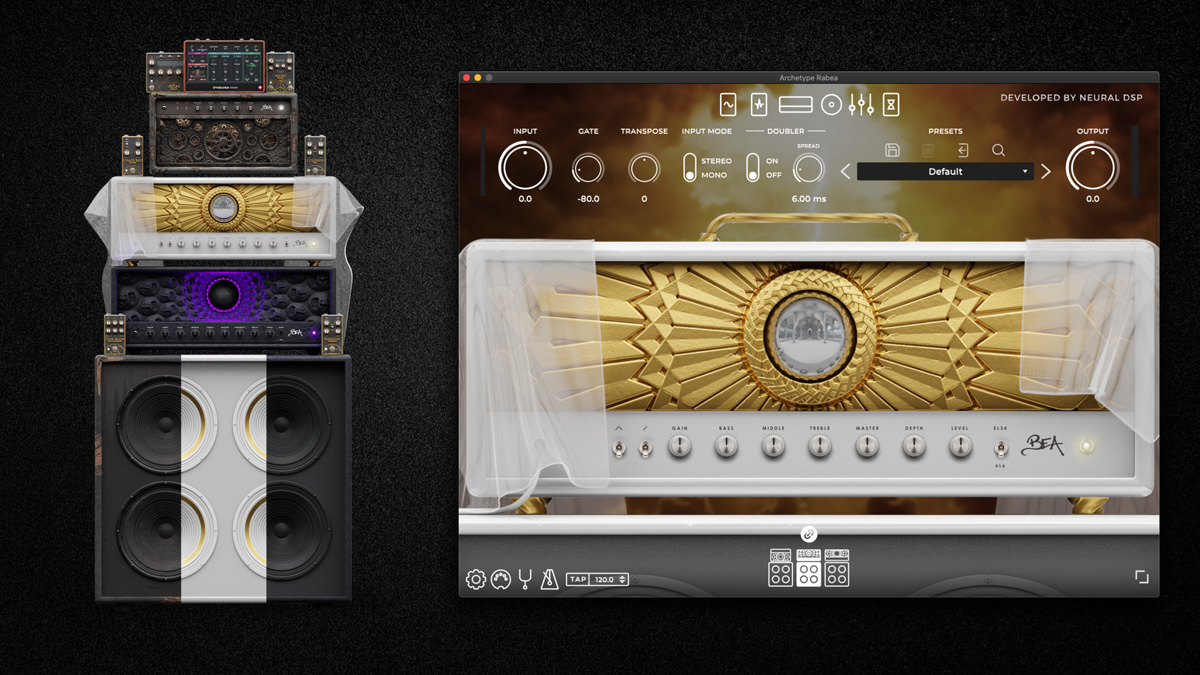
The possibilities are endless. Speaking to Doug Castro, it’s like Neural DSP are chasing that iPod moment for guitar gear.
“Yeah, they’ve done that gain with the Quad Cortex for the user interface. Like you said, it’s that iPad vibe where you just touch in what you want. This is another cool thing.
“As a guitar player, you’d listen to it and think, ‘I really want to try that.’ It has that thing where you wanna see what it’s like for yourself. Seeing some of the stuff that the influencers have already sent for the plugin launch is a really cool thing, like it’s something that keyboard players will be like, ‘Dammit, I can’t do that!’ [Laughs]”
A lot of people might think all this sounds amazing but they are tech saturated, like, ‘I don’t want another app in my life.’ Or they are intimidated by the feature set. What sort of things can they expect in the user experience to help them?
“For me it was things like, ‘Can we color-code each area of the synth so you can navigate clearly?’ You can see where the filter section is. You can see where the arpeggiator section is. All of that. You only get two oscillators instead of like, three, four, six, whatever, and you can control the note of that oscillator.
I love my [Moog] Subsequent 37 synth, but I’ll be honest, I look at it sometimes and think, ‘I only know how to do that kind of sound with it’
“It is very easy to work out through that color-coordination. It is making sure that you can get a visual representation of what the sound might do. I would say that it is probably easier than you might expect something like that to be.
If I were to compare it with, say, the Tim Henson, multi-voicer, for me I find it a little bit more easy to navigate than that. Maybe that’s just how I am. We limited the amount of control but kept in the most important elements of that to make sure that it was an enjoyable experience.”
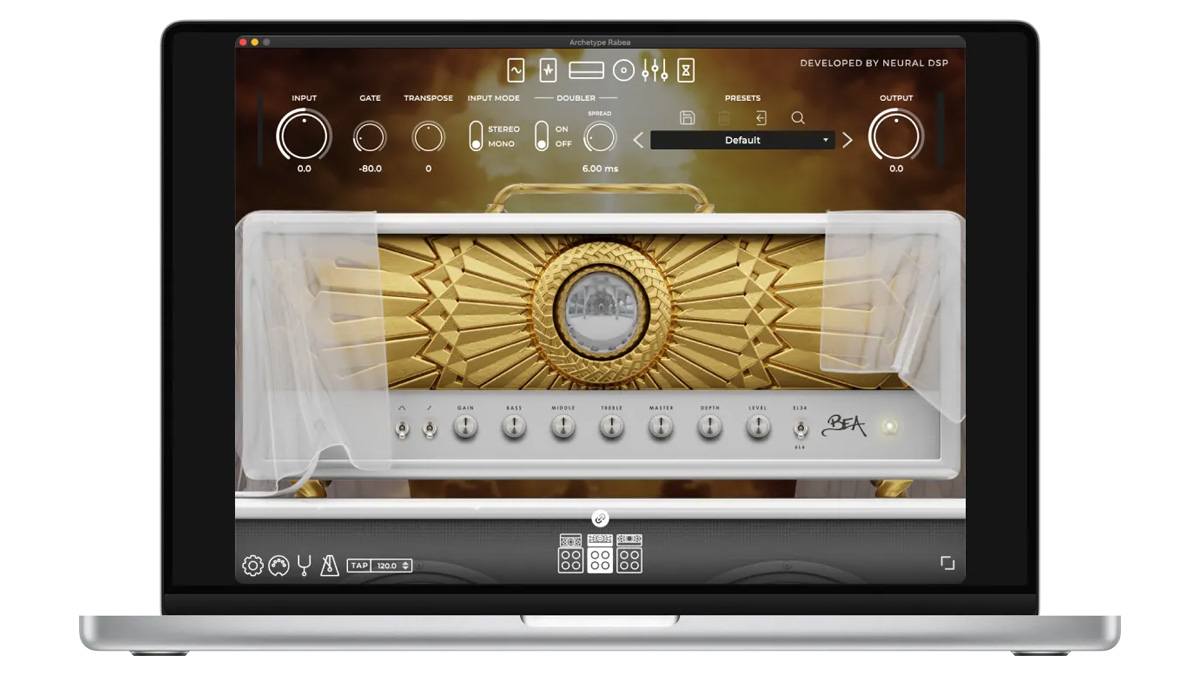
It is maybe more intuitive than having a hardware synth. By digitalizing it, it does the hard work for you.
“That’s a very good point. I love my Subsequent 37 synth, but I’ll be honest, I look at it sometimes and think, ‘I only know how to do that kind of sound with it.’ I’ll watch videos of other people using it and be like, ‘I have no idea how I could get it to sound like that.’
“It is worth saying that it is way more stripped-down than, say, the Subsequent 37, but ultimately what we instilled from something like that are the most important elements. It’s also like the tone of the filter. It has the ladder filter, with the same sort of vibe as the Moog. That is something that we both really loved and wanted to recreate.”
Is this something you could envisage being on the Quad Cortex itself?
“Based on the fact that they did a mini-voicer in the latest update, maybe... I guess! I don’t know. I would personally love it, because I have been working with it and writing with it so much recently and there’s no way I could gig with my laptop. It needs to be in a place, in a platform where I could take it live eventually, so I really hope so.”
As for the rest of the plugin, where do we start. You, as a player, need all kinds of tones?
Having demonstrated gear for the last 10 years, with my experience of being able to try all this stuff, I have refined it down to my favorite things and have put them in this plugin
“I like to. I try. I guess there are two main themes for me tonally, the first being that it distils everything that I have ever done from an original music standpoint into the plugin. So, for people who liked Toska, or liked whatever I have been involved in, they can achieve that with the plugin.
“But equally, having demonstrated gear for the last 10 years, with my experience of being able to try all this stuff, I have refined it down to my favorite things and have put them in this plugin – my pedal choices, what I want from the plugin to cater for my Strat, bluesy chill kinda vibes all the way through to playing crushingly disgusting heavy…
“Like putting a fuzz in front of a high-gain amp and then using an Octavia on top of that so that it just sounds like it is breaking the speaker. And then also, if people like the progressive/djent stuff, they can do that, too.
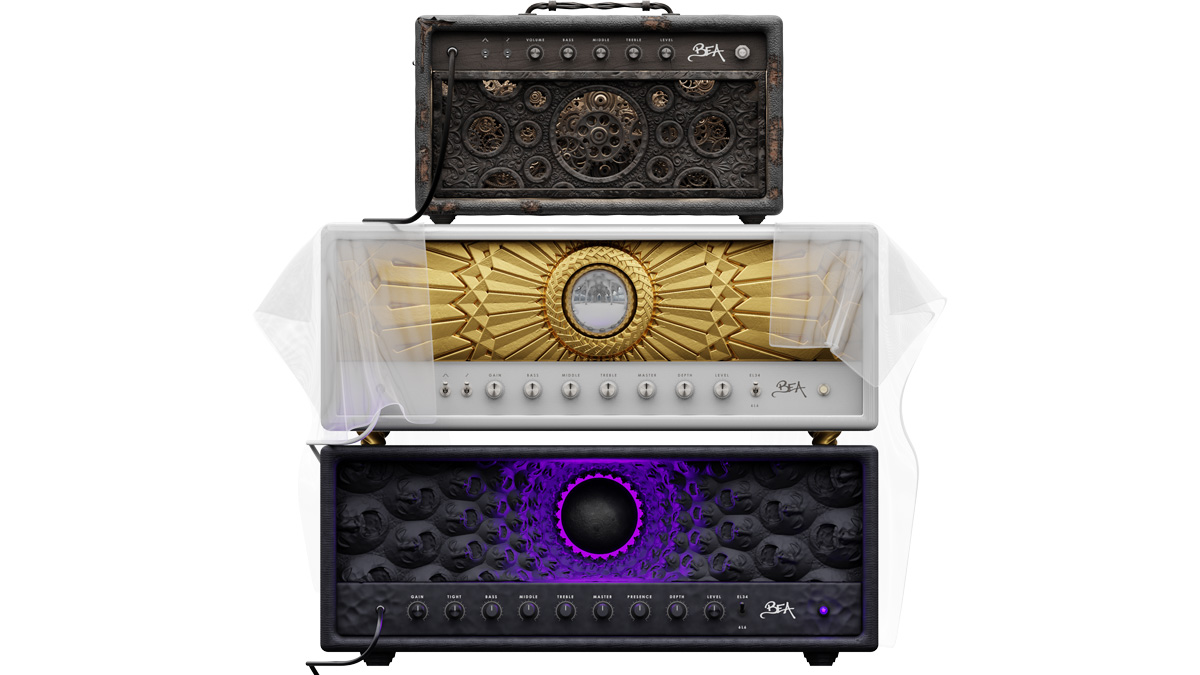
Tell us about the amps.
“The Clean is very much your classic Cali clean sound. Super-easy to use amplifier. But the cool thing is we get to add little things, so we added a mid-boost and a high-boost, so if you are using a humbucker it brings out more of the ring and the zing of the strings. It’s nice for that. Again, it caters for your modern humbucker or your vintage single-coil guys.
“Then, the crunch [Rhythm] and the high-gain [Lead] are basically from the same kind of amp that I really like to use, and we modded it to look a similar way, so again, the crunch has a mid-boost and a high-boost if you want way more detail, but you still have your three-band EQ.
The amps cover everything, from traditional tones through to modern tones – and everything in between
“You can can swap the tubes on the high-gain amp from 6L6s to EL34s. And then on the high-gain amp we added things like a Presence knob, and the most unique feature for me, the Tight knob, because the amp at 12 o’clock is very much how it is meant to sound but when you dial it back it actually loosens up the amp in a sag, so it kinda goes like a Mesa or a Soldano – it’s kind of got that squidge to it – or you can go the other way and it is super-snappy, super-tight.
“I feel like that one knob on that amplifier has made it so much cooler, because again, you could go for your stoner-rock doom tones, all the way over with the bass and gain and chucking a fuzz in front, or you could go the other way and do your Tosin Abasi percussive snap by dialing it all the way up. The amps cover everything, from traditional tones through to modern tones – and everything in between.”
Let’s talk effects. What’s in here? What are the main food groups?
“My main effects that I always love to use are reverb and delay. They are in every plugin but I wanted them to very much recreate the reverb and delay tones that I like. This is an analog dual delay. One of the nice features with it, besides it having that analog tone, is we added Icicles, which is referencing a preset I made for the Quad Cortex, which seems to be my most downloaded preset.
“It is a shimmer/artifacts thing, reminiscent of the John Petrucci Crystal [on Petrucci's Archetype plugin, the Crystal effects adds layers of pitched-up delay on top of your dry signal]. But the cool thing is that you have a pre and a post switch, so if you are playing your chilled Strat vibes you can put an analog delay in front of the amp and get that kind of tone, or do the shoegaze thing, the tremolo picking with loads of cascading gain, Mogwai vibes. So that’s cool.
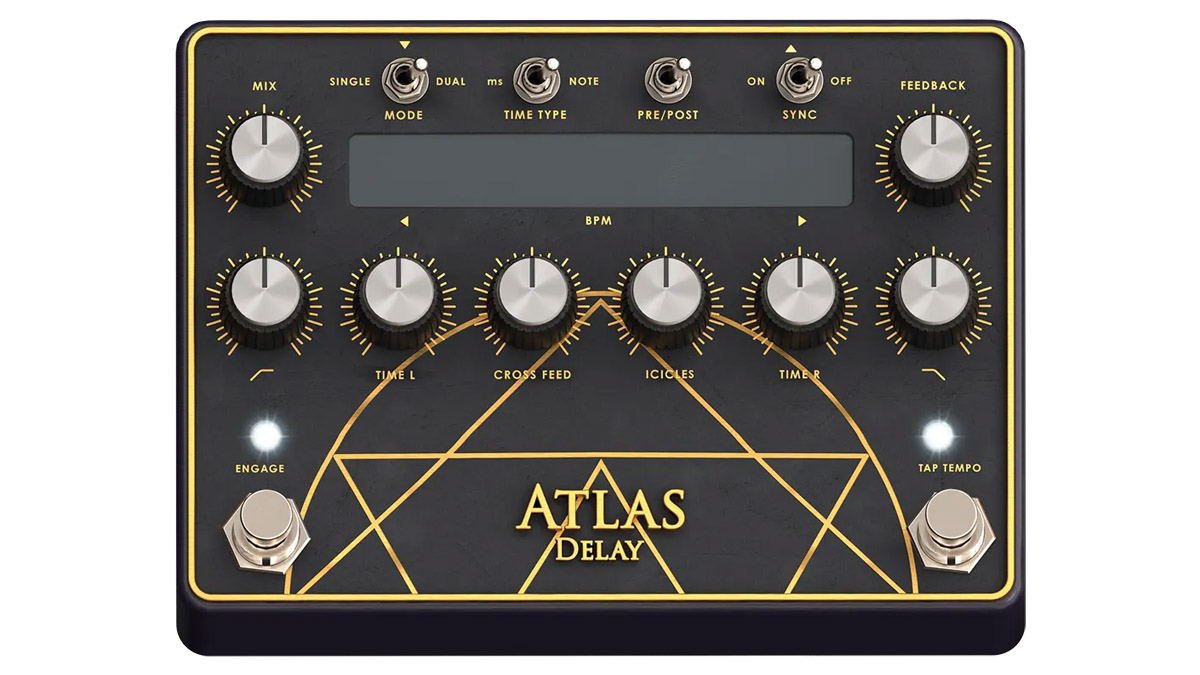
“I love reverb. I want a reverb pedal to be an instrument in itself. I want it to be [something] you could just sit with for hours. It is a reverb, kind of like a plate [reverb] with a bit of modulation dialed into it. It’s quite deep.
“It can be a really short decay or mega expansive, 25 seconds or something stupid like that, but then, it has a freeze mode, and in a freeze it creates this mini-loop that gets fed back into the reverb so it is super-smooth, creates this pad that you also have control of the pitch of that phrasing note.
“It is super-musical and amazing for practice. For example, you just get a drone going and practice modal phrasing or whatever you want to do. I have sat with it for hours, just the reverb, because of that function.”
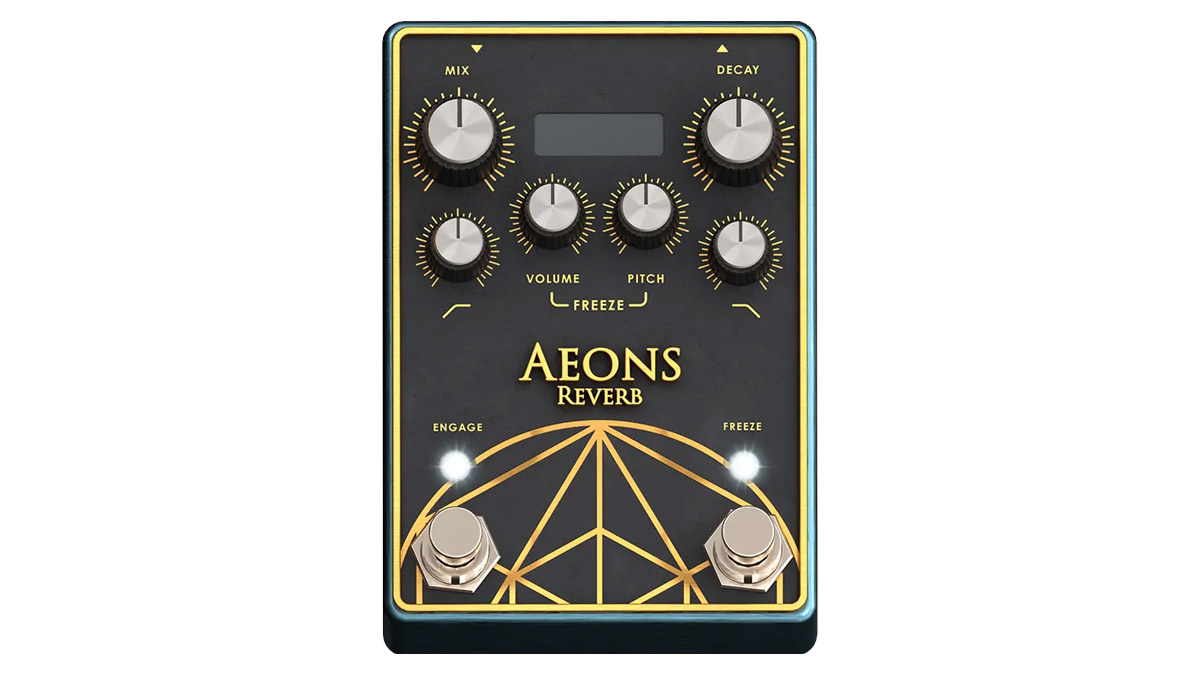
It can be a practice tool or a writing tool. It can establish an atmosphere to write in. Because sometimes when writing the room just feels too sterile…
“Yeah, the over-arching theme of the whole plugin was I wanted a hub where I could be creative, so it’s all in one place, wherever you are. Wherever I travel to, I could just load it up and would be like, ‘I have everything I want, for the music I write, right there.’
“And I think that it’s mega-creative. You plug into it and have a tinker, find a tone you like, and suddenly it’s like three hours have gone and I’ve just been jamming.”
- Archetype: Rabea is available now, priced €139 (approx $139). See Neural DSP for more details.
Jonathan Horsley has been writing about guitars since 2005, playing them since 1990, and regularly contributes to publications including Guitar World, MusicRadar and Total Guitar. He uses Jazz III nylon picks, 10s during the week, 9s at the weekend, and shamefully still struggles with rhythm figure one of Van Halen’s Panama.


















